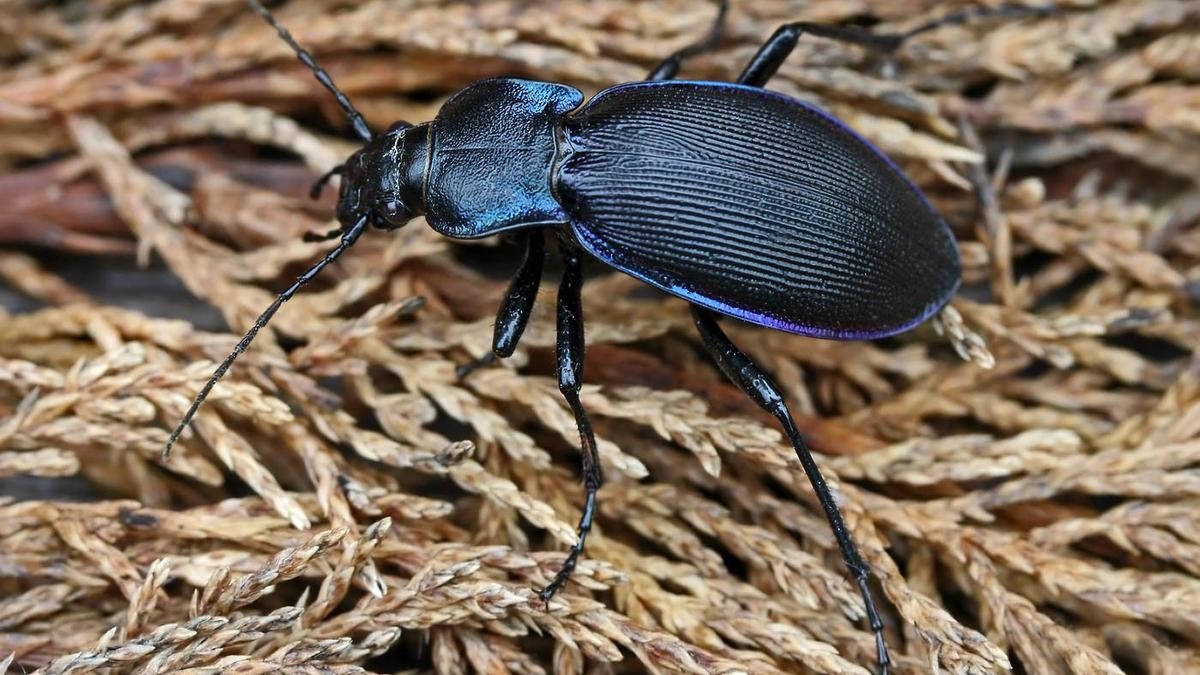7667766266
enquiry@shankarias.in
Prelims: Current events of national and international importance | Ecology & Environment
Why in news?
Recent studies have identified carabid ground beetles as potential bioindicators for tracking soil microplastics.

Quick Fact
|
Recent Scientific Findings |
|
References